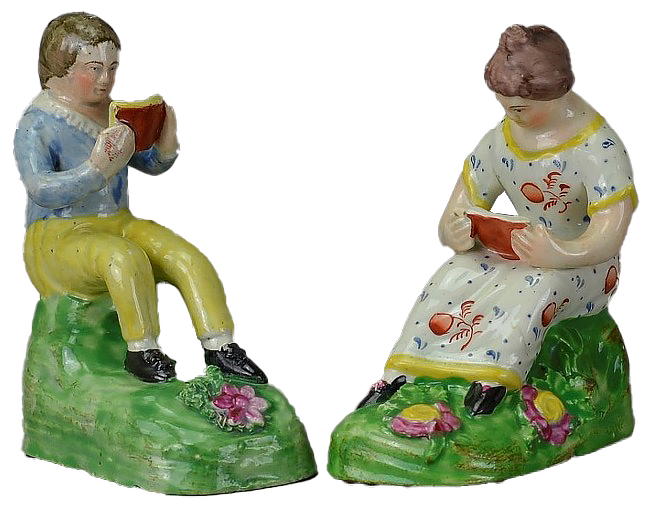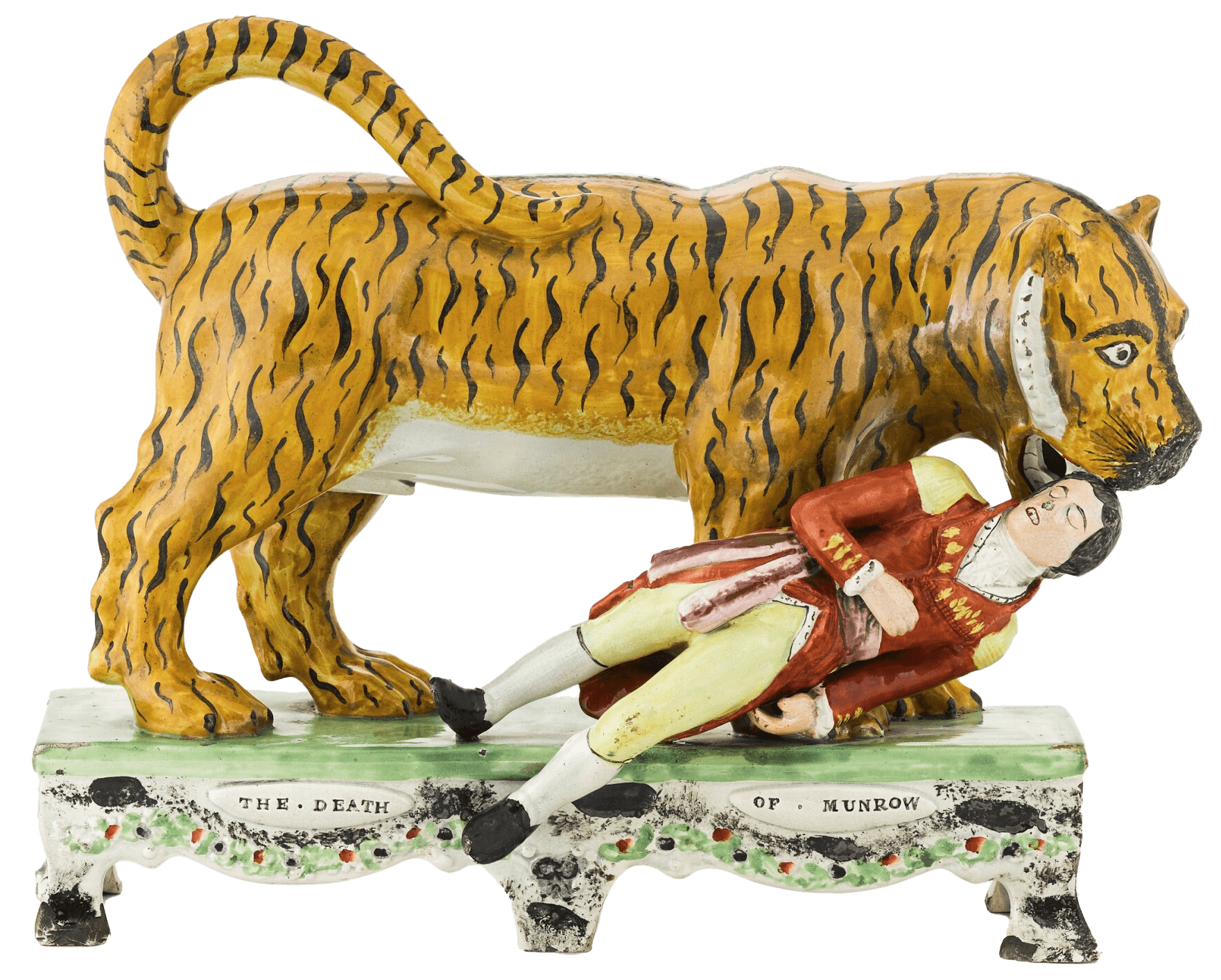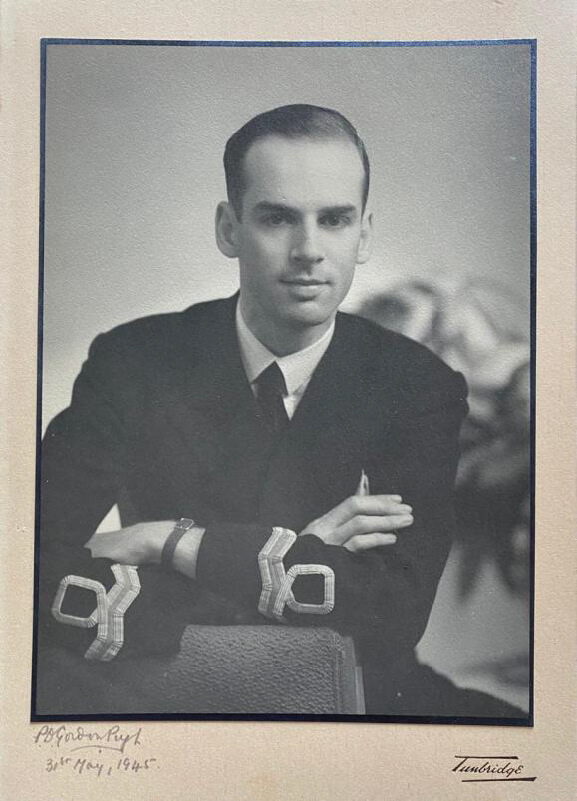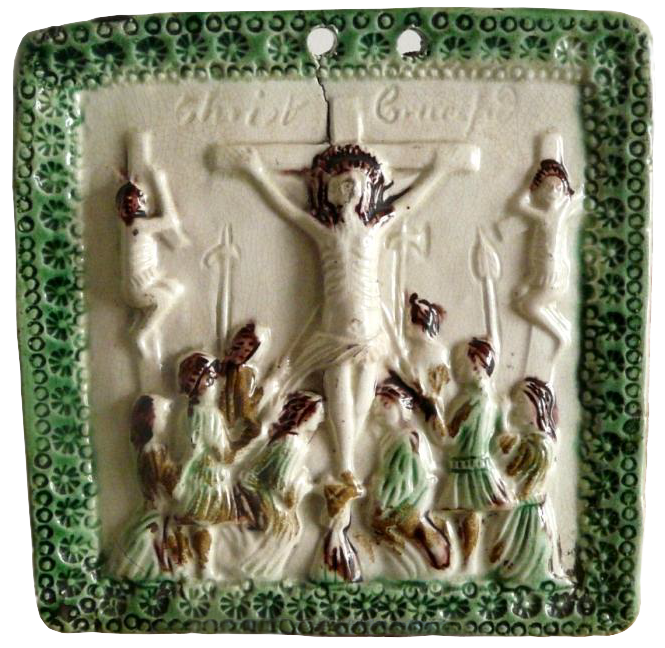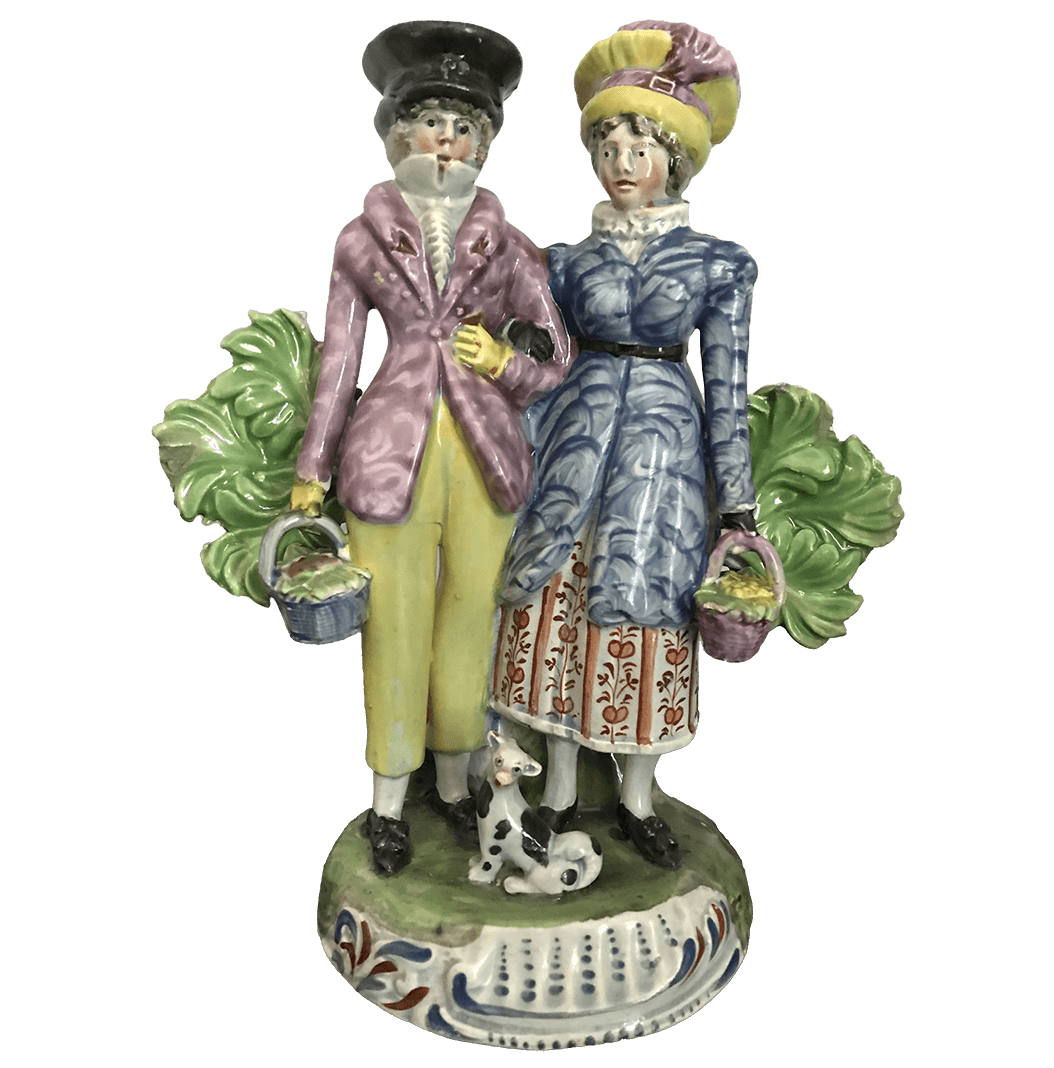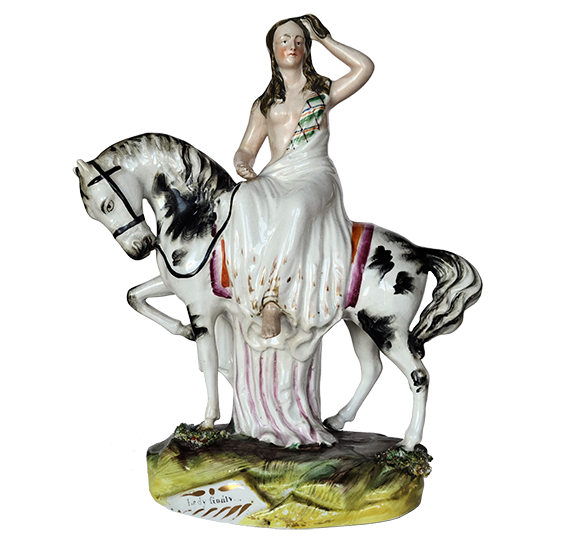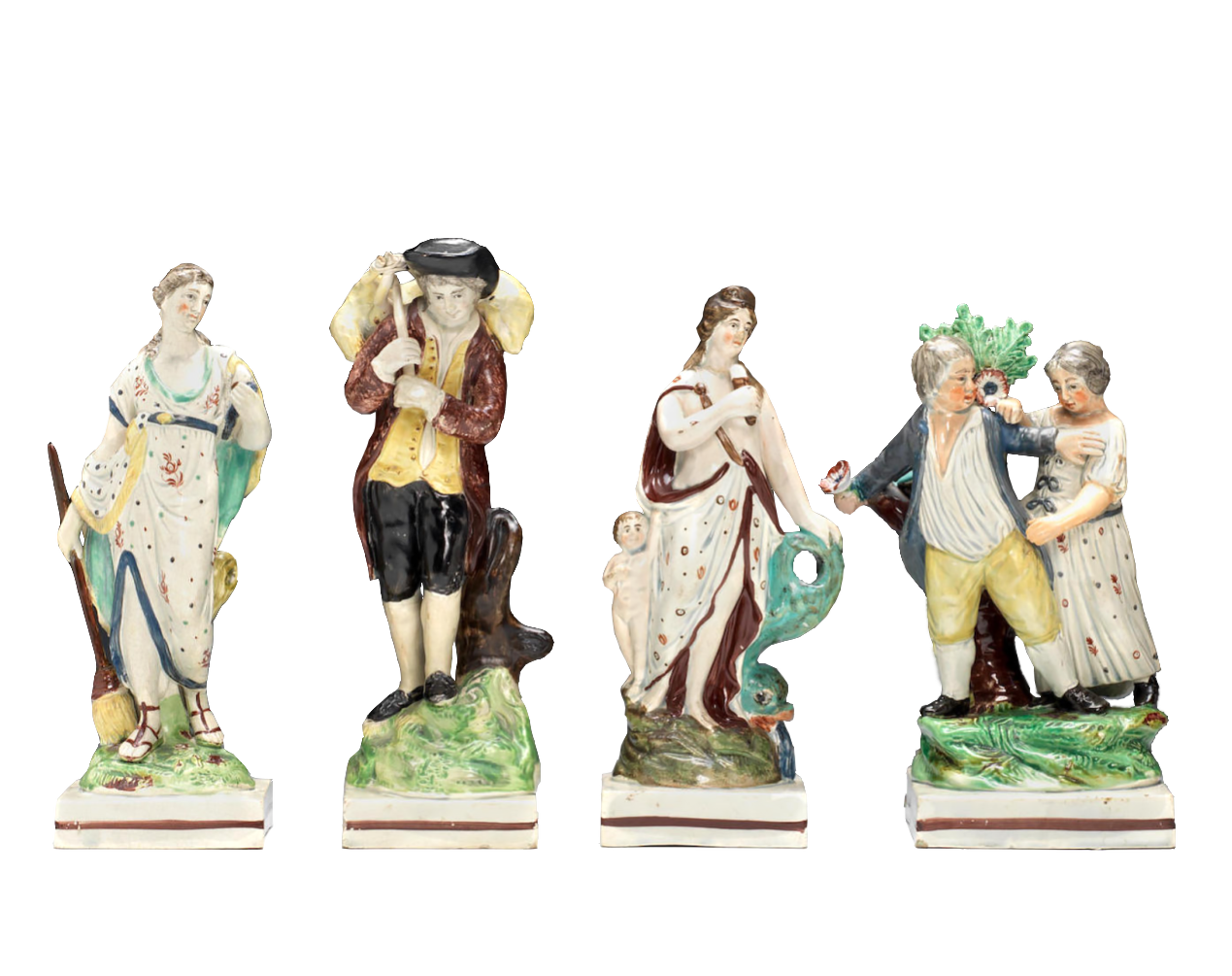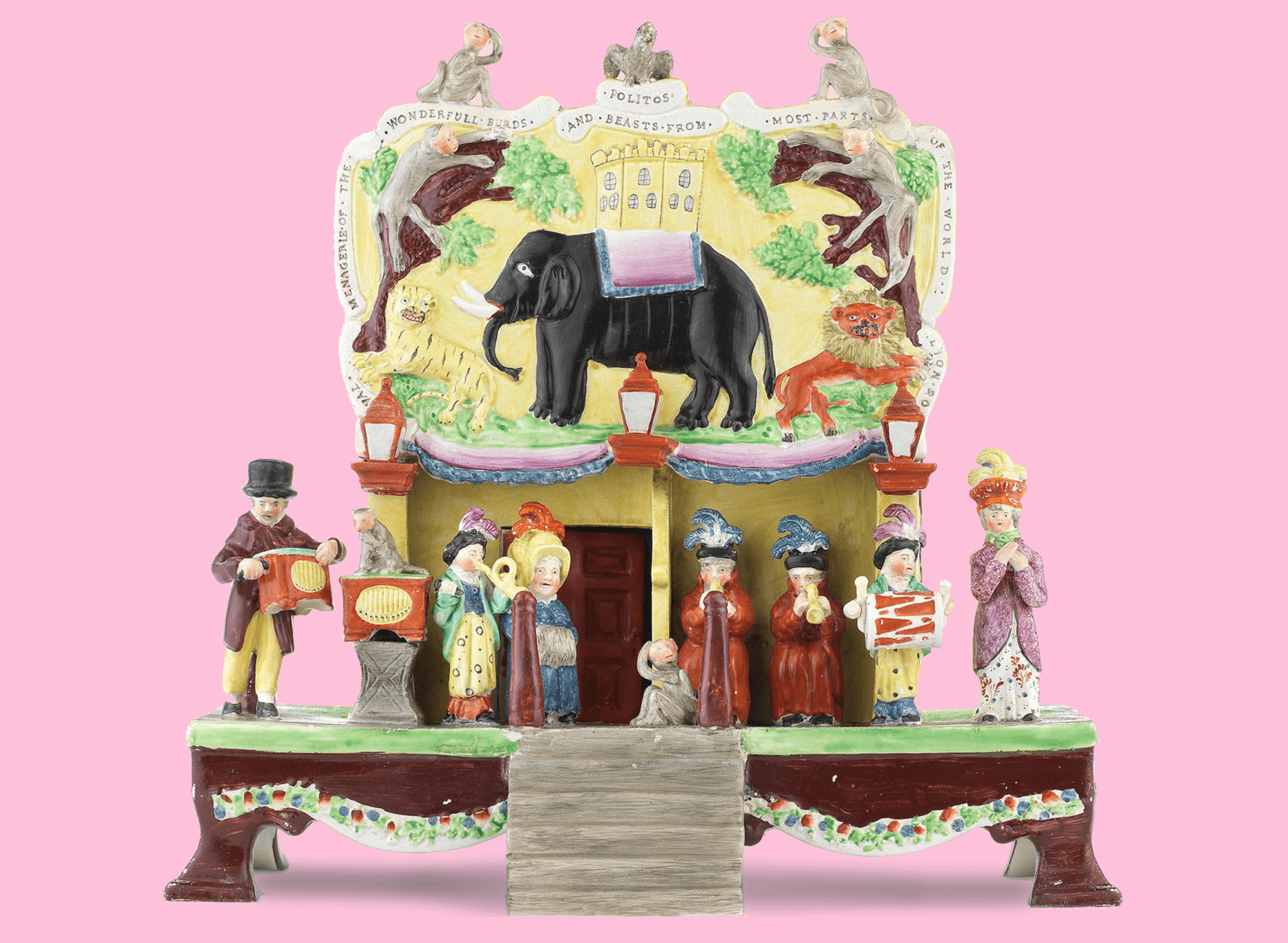When I refer to “small,” I am referring to the size of some of the Staffordshire figures that I collect and which give me a great deal of enjoyment. In general, I consider small to be under about 5.5 inches (14 cm).
I am as guilty as everyone when I look at an array of Staffordshire figures – the big ones immediately catch my eye and the “smalls” often fade into the background. Think about something in the range of 4 to 5 inches sitting next to an impressive 14 inch pair of spaniels or a large bull-baiting figure or maybe a big Medici lion. Where does your eye wander? In almost every case, you notice the big ones… the ones with the biggest WOW factor.
But looking closely at some of the smaller figures, these too have lots of WOW. Many are often finely modeled, well painted in intricate detail, and usually don’t cost you your first-born child.
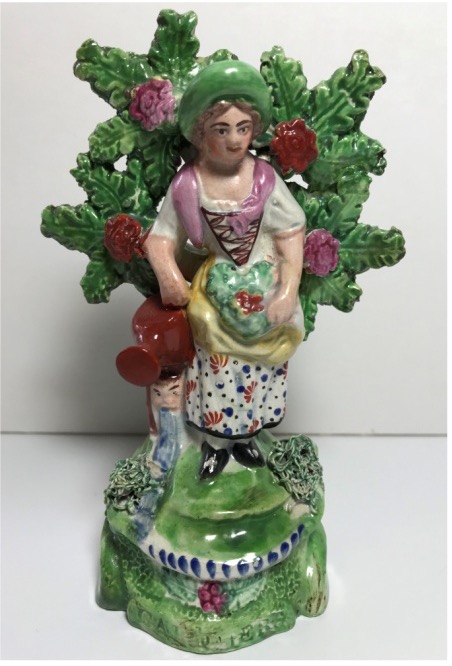
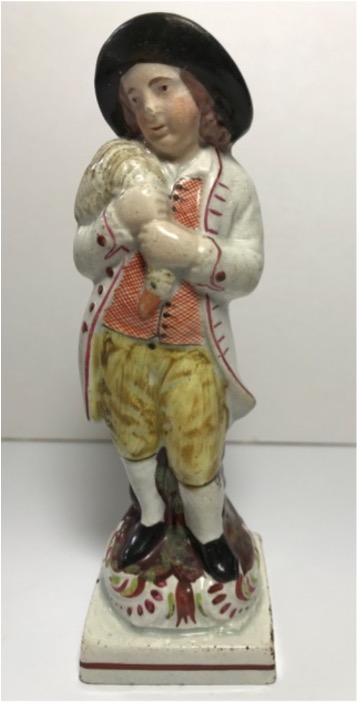
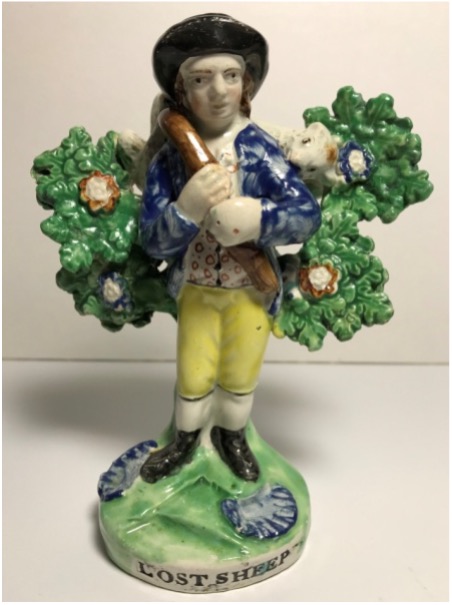
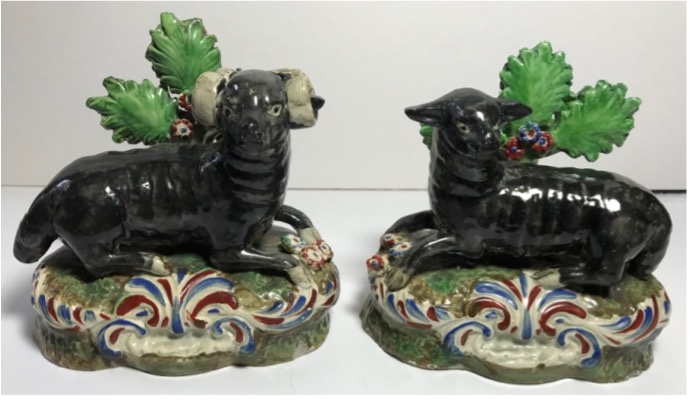
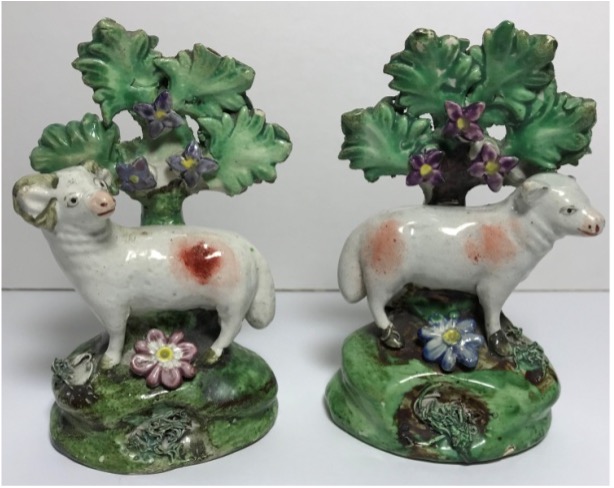
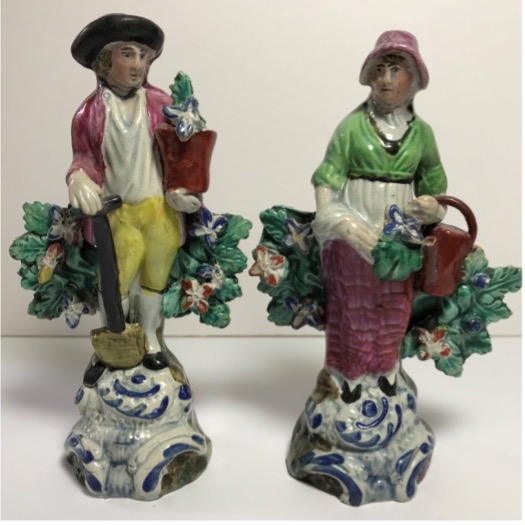
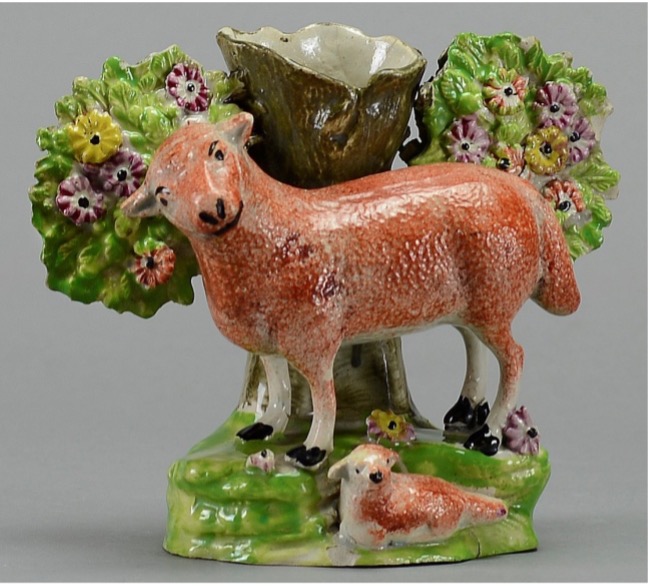
Why were they made? We don’t know exactly, but perhaps some were used as fairground prizes, souvenirs from theatres, or even children’s toys. However, I would like to offer another possibility why these small, but interesting figures were made in the first place. First of all, they were inexpensive and were affordable to people migrating into the industrial cities of England and Scotland at the beginning of the 19th century. Also, consider the lodging available to these people. Homes were quite small, if you could even afford one. If you rented lodging, you would be considered most fortunate if you had more than one or two rooms. Maybe these lovely smalls were all that a family could afford, but also, maybe it was all that would fit into such cramped space. There was little space to display anything let alone a large Staffordshire figure. These little figures provided an artistic and nostalgic touch for many people of minimal means who longed for a more tranquil rural lifestyle.
I have taken a new look at some of my miniature pottery treasures and now have a renewed appreciation for these fine and fun figures. As you can see from the pictures, they speak for themselves. Small may they be, however, these figures can still make quite a presence in one’s collection. If you haven’t already done so, I would encourage Staffordshire figure enthusiasts to consider adding some “smalls” to their collection. You won’t be sorry!
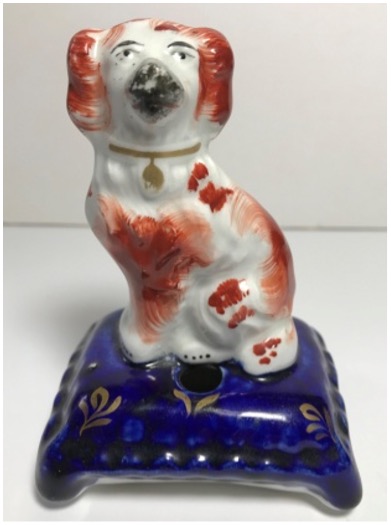
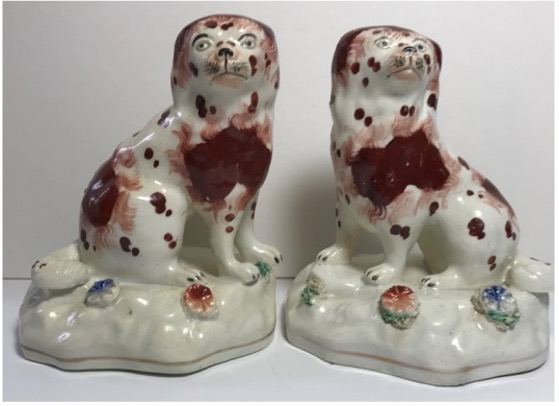
You can find more love for the small in Myrna Schkolne’s 2019 article “The Small Things That Matter” http://www.mystaffordshirefigures.com/blog/the-small-things-that-matter
An earlier version of this article appeared in the Summer 2020 issue of the Staffordshire Figure Association members’ newsletter. Join the Association today for regular articles written by our expert members.
Win Hock lives in Boalsburg, Pennsylvania. He is a retired professor of plant pathology from Penn State University. He collects figures primarily from 1780-1840.


